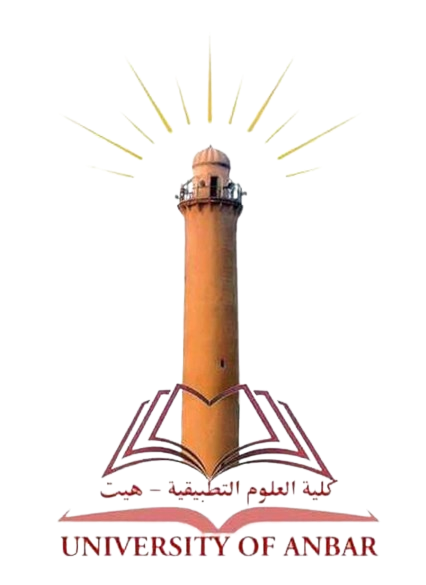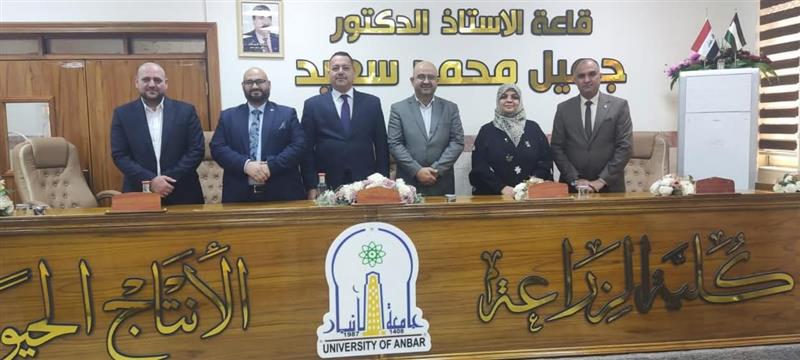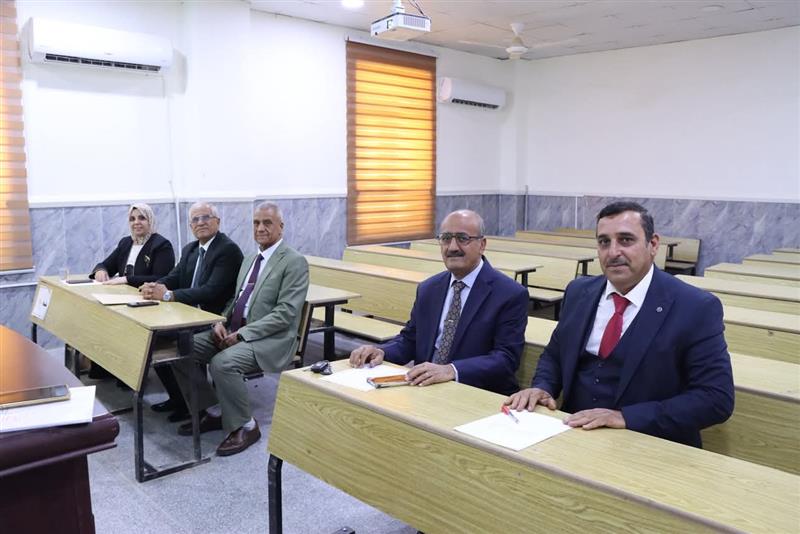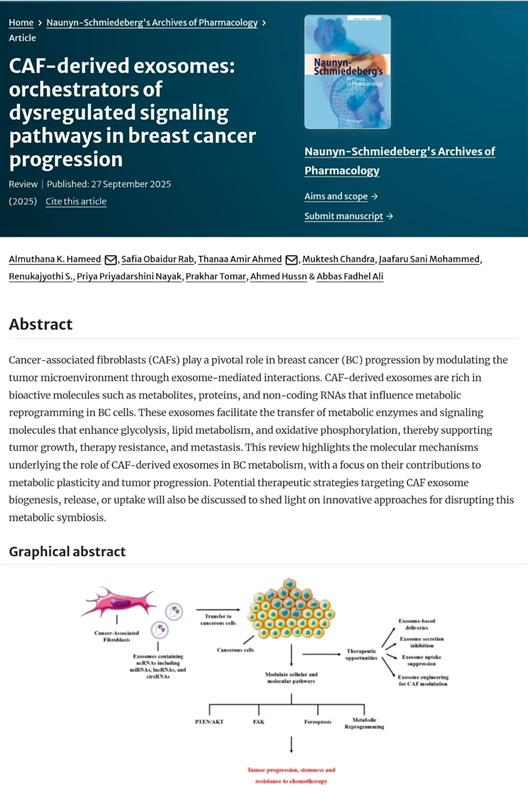Diagnosis of new bacterial isolates in the tar springs of Hit city
Diagnosis of new bacterial isolates in the tar springs of Hit city
A research team supervised by (Prof. Dr. Adi Sabah Askar) and (Assistant Professor Dr. Manaf Abdulrahman Juma) on the graduation project students (Ahmed Safi Hamoud, Afrah Luay Kazem, Saba Nour El-Din Nawaf) in the Department of Biophysics - Morning Study, was able to diagnose new strains of Staphylococcus hominis bacteria living in the tar springs of Hit, and these bacteria are responsible for the production of sulfur dioxide gas H2S. Samples were taken from more than one sulfur spring, and they were molecularly diagnosed, to identify the genetic changes that occurred in them and the possibility of genetic mutations. It was found through the analysis of the results that they were affected by the acidic aquatic environment of the spring, which led to the emergence of new mutations, and the new genes of these bacteria were registered on the American Gene Bank website. It is worth mentioning that excessive exposure to sulfur dioxide gas may lead to nausea, watery eyes, headaches, lack of sleep, respiratory problems (bronchospasm) in some asthma patients, memory loss, dizziness, and mild conjunctivitis (gas eye). These symptoms are present in many people in the city and may be caused by the aforementioned effects of the gas.
Government Communication and Media Division




